Tonight, from Tuesday, Sept. 17, until Wednesday, Sept. 18, Earth’s residents will be able to catch a partial lunar eclipse, though it won’t be the most thrilling of spectacles. The Earth’s shadow will cover just 3.5% of the moon, and visibility in Europe won’t be ideal.
But in the US, you might have a better view depending on your location and local weather conditions. If you’re on the East Coast, you might catch a glimpse before the moon sets. The Midwest and West Coast will have a better view as the eclipse progresses.
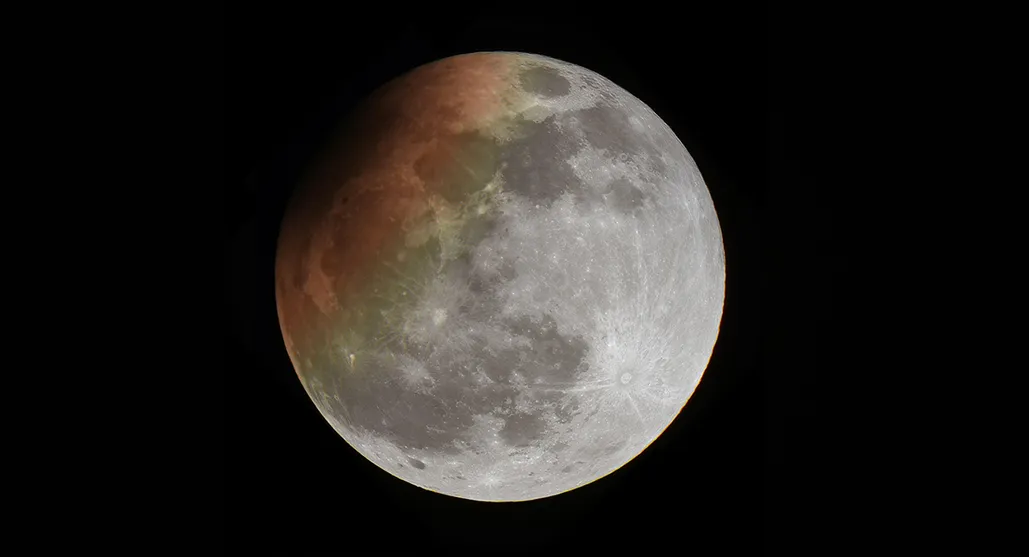
Fortunately, 2025 will bring two total lunar eclipses—one visible in the Americas and the other in Asia, Australia, and East Africa. To give you a taste of how spectacular these events can be, Universe Space Tech has put together a collection of the best lunar eclipse photos from recent years, taken by photographers worldwide.
The best lunar eclipse photos
In May 2022, people across North and South America, Africa, and parts of Europe witnessed the longest total lunar eclipse of the 21st century. Both amateur and professional astronomers and astrophotographers tuned in to the event. Among them was Andrew McCarthy, who captured the striking moment when the Earth’s shadow had covered half of the moon, turning it a vivid red, while the other half remained illuminated by the Sun.
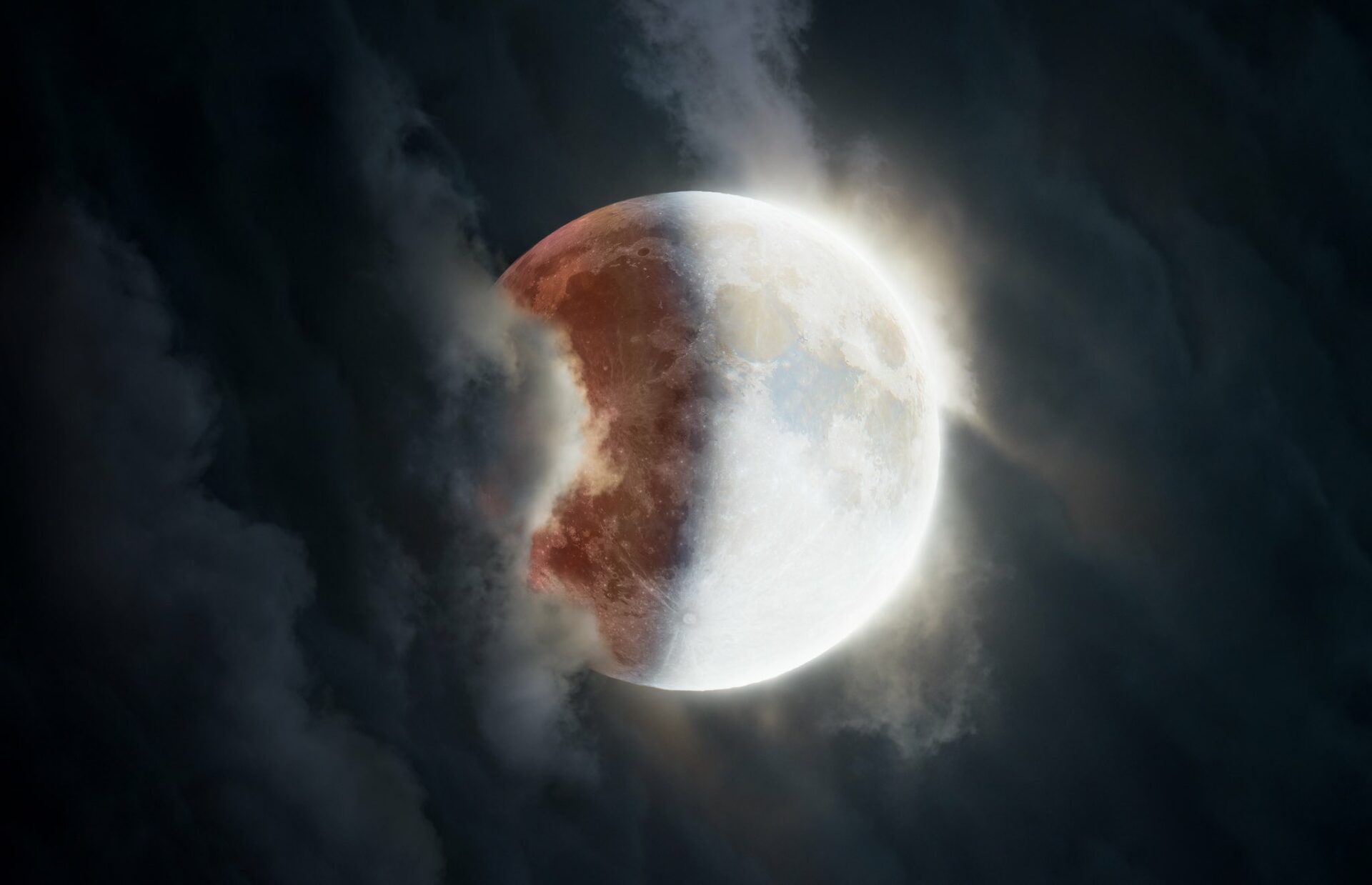
Andrew McCarthy also documented the second total lunar eclipse of 2022, which occurred in November. He used two telescopes for this shot: one to capture the intricate details of the lunar surface and the other to highlight the deep, rich hues created by the Earth’s shadow.
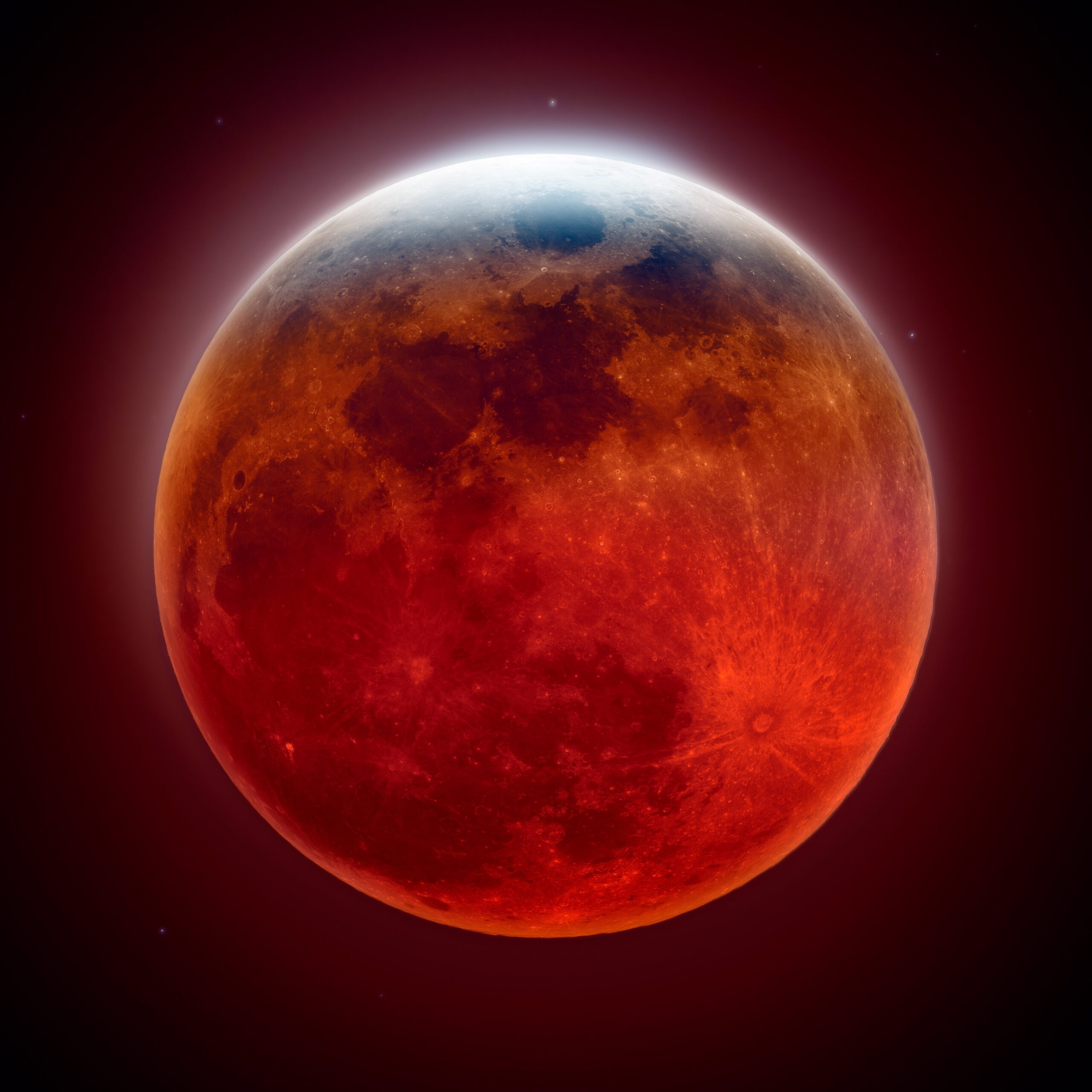
The collage below features three types of lunar eclipses—penumbral, partial, and total. Compiled by photographer Györde Soponjai, the images were taken using the same equipment in Hungary (2019 and 2020) and Japan (2022) at 15-minute intervals. By combining these photos, Soponjai was able to reveal the shape of the Earth’s shadow.
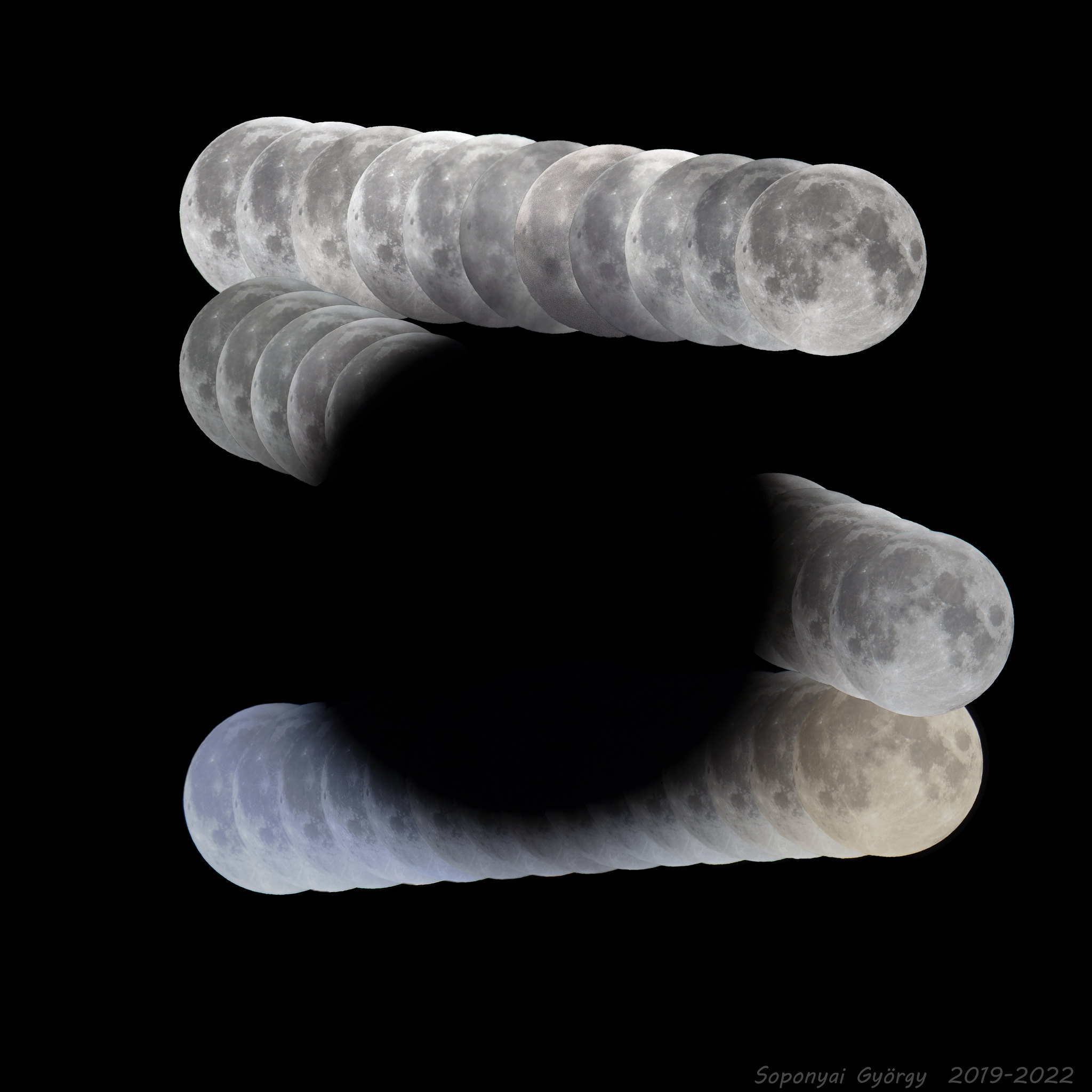
The following photo shows the total lunar eclipse in May 2022, framed perfectly above the towers of the Very Large Telescope. To capture this breathtaking image, the photographer carefully planned and calculated the ideal location, setting up the camera nine kilometers (5.6 miles) east of Cerra Paranal. From this spot, the moon appeared to be briefly caught between the towers as it moved into the Earth’s shadow.
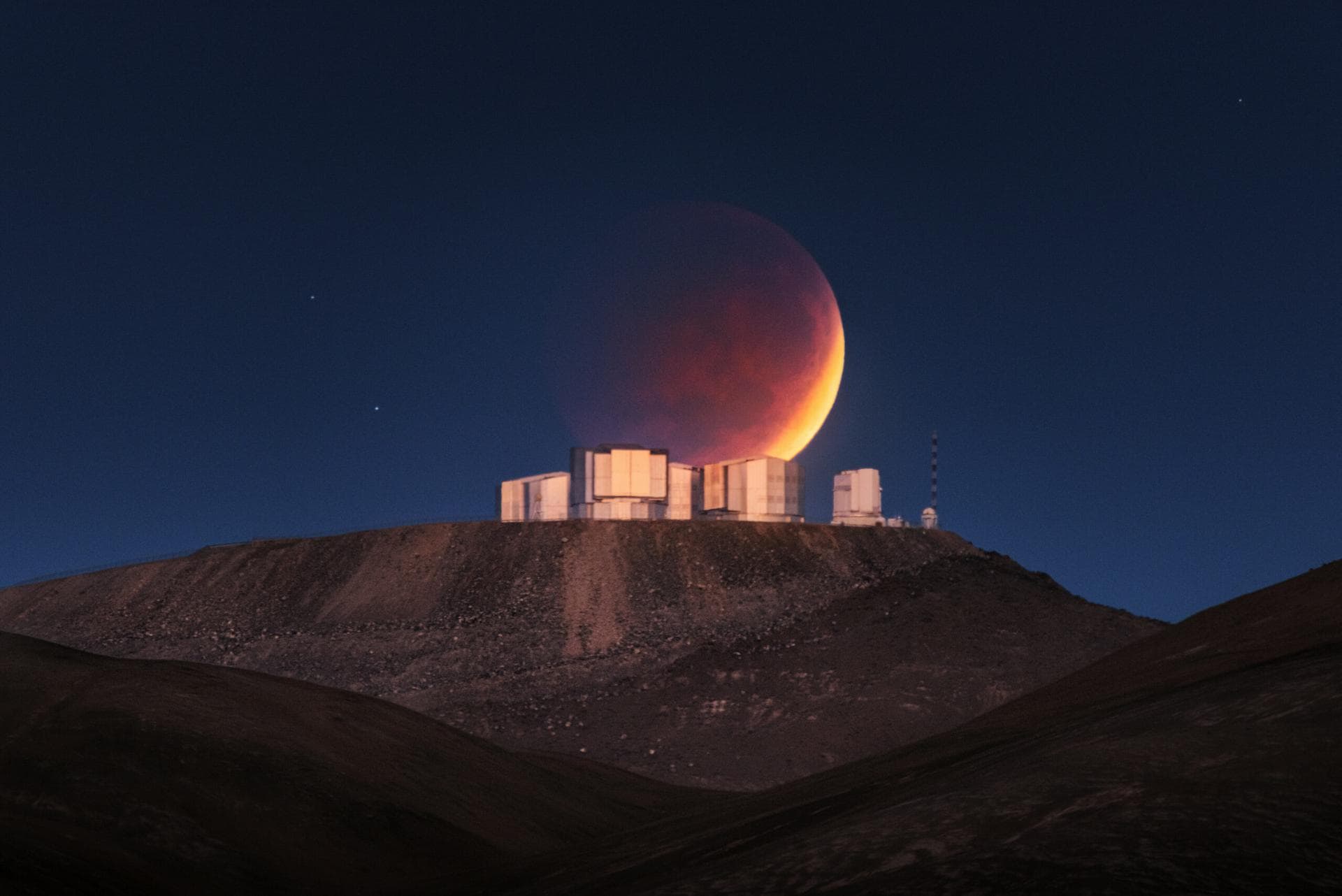
Here’s the total lunar eclipse from November 2021. This photo was shortlisted in the Astronomy Photographer of the Year competition.
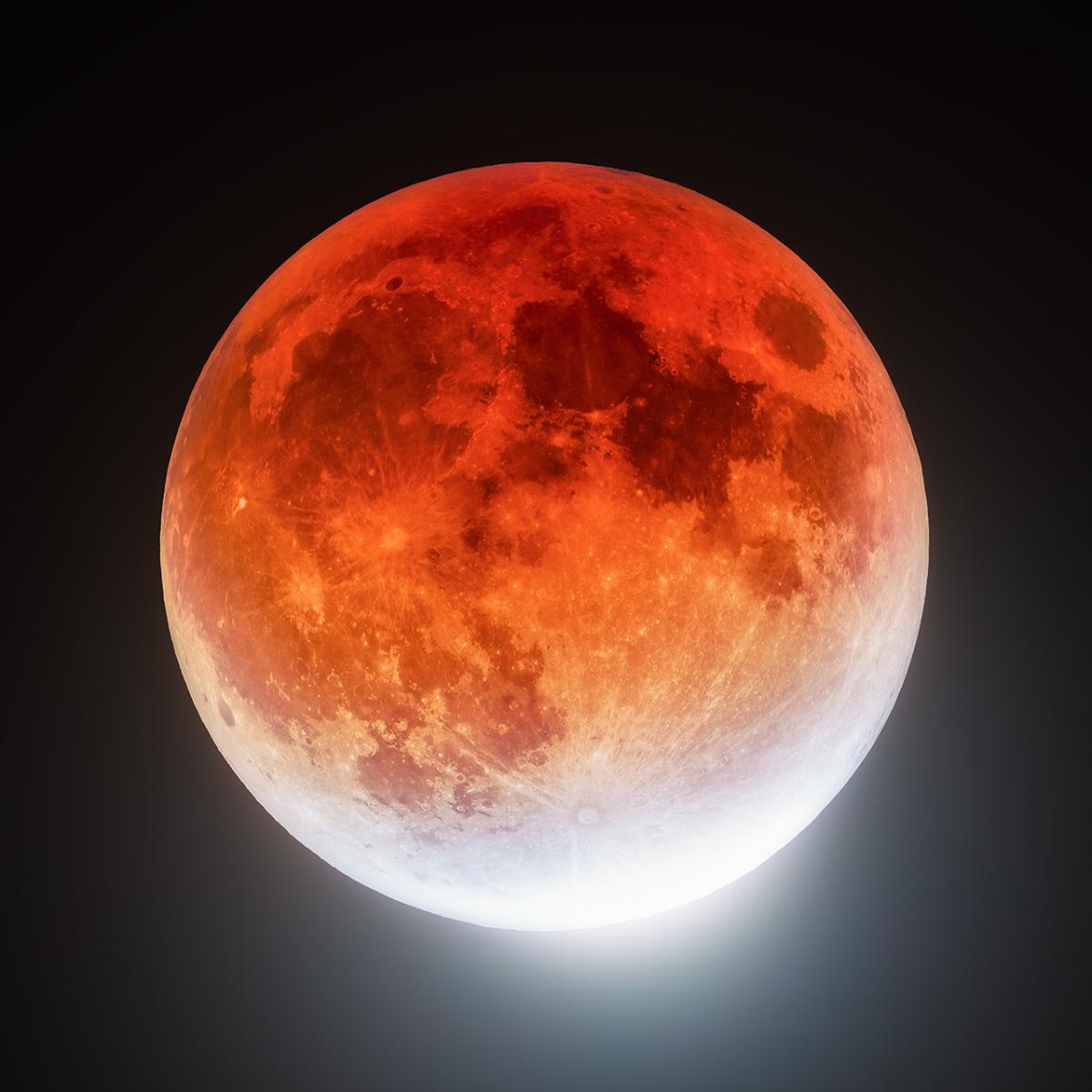
Blood Moon and the Pleiades, captured during the total lunar eclipse in November 2021. The white halo surrounding the Moon is a result of the long exposure used for the shot.
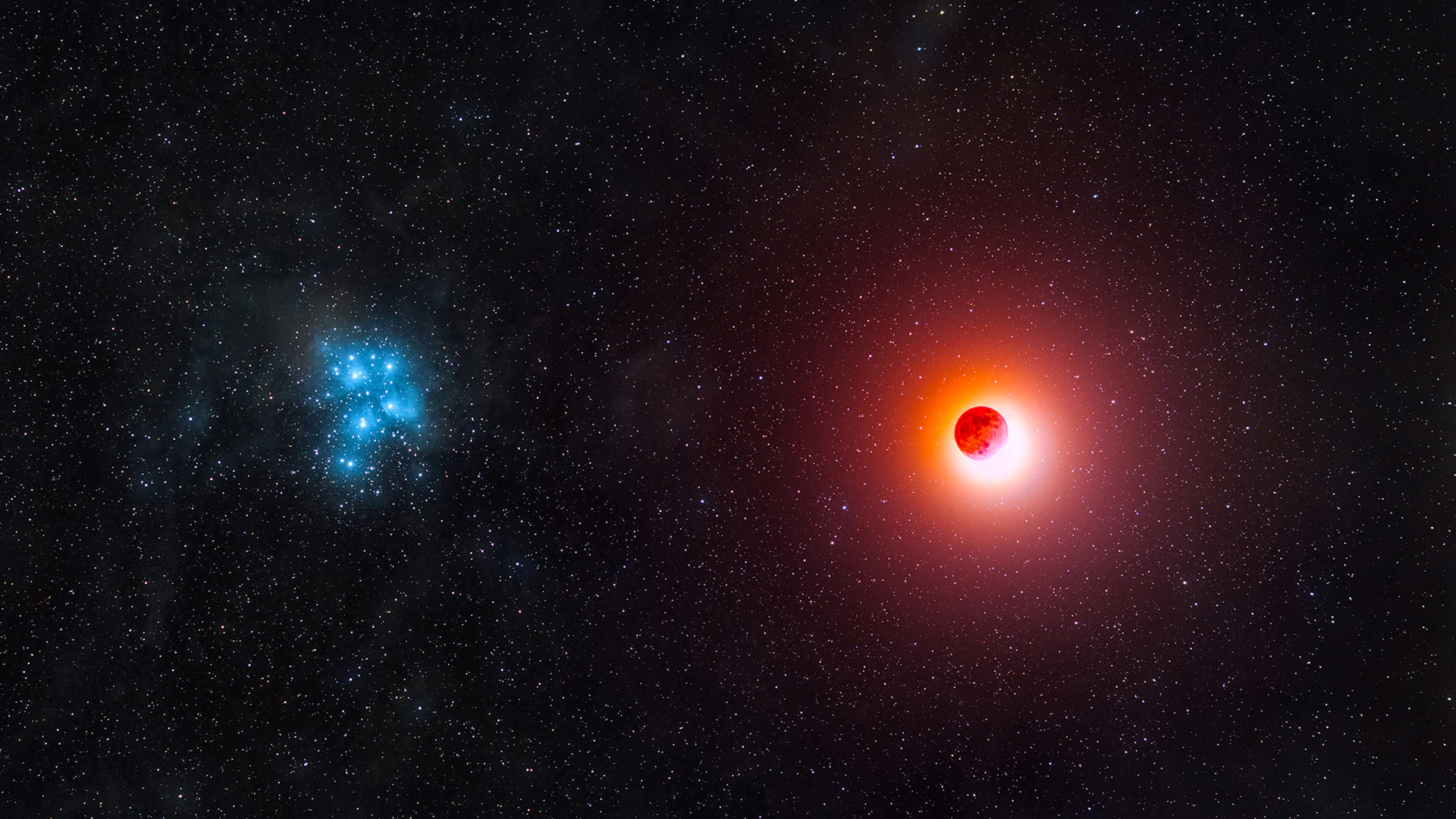
This fascinating collage showcases the different phases of a total lunar eclipse.
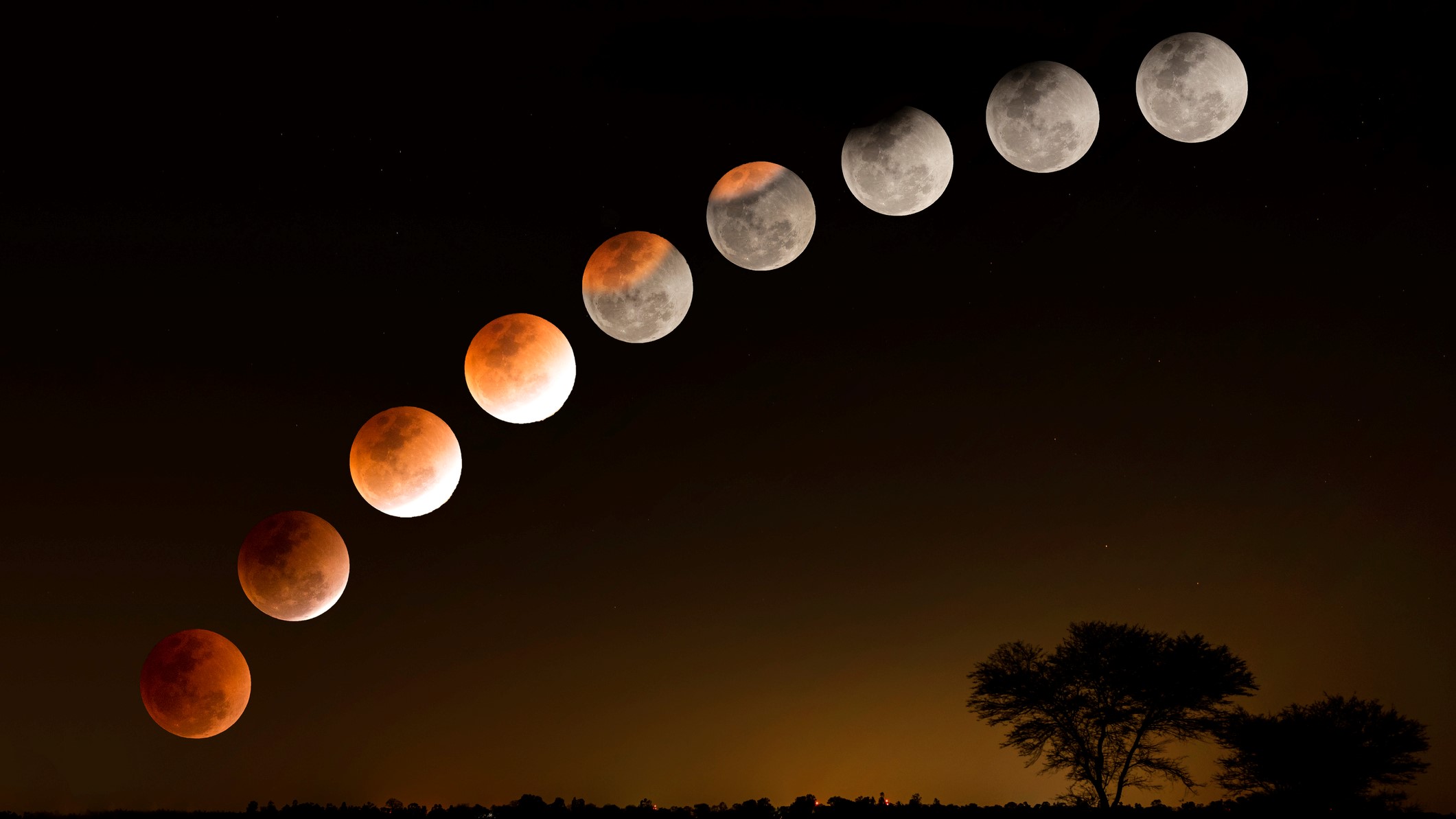
Private lunar eclipse, 2019. In this shot, the Moon is obscured by translucent clouds, adding a dreamy and atmospheric quality to the scene.
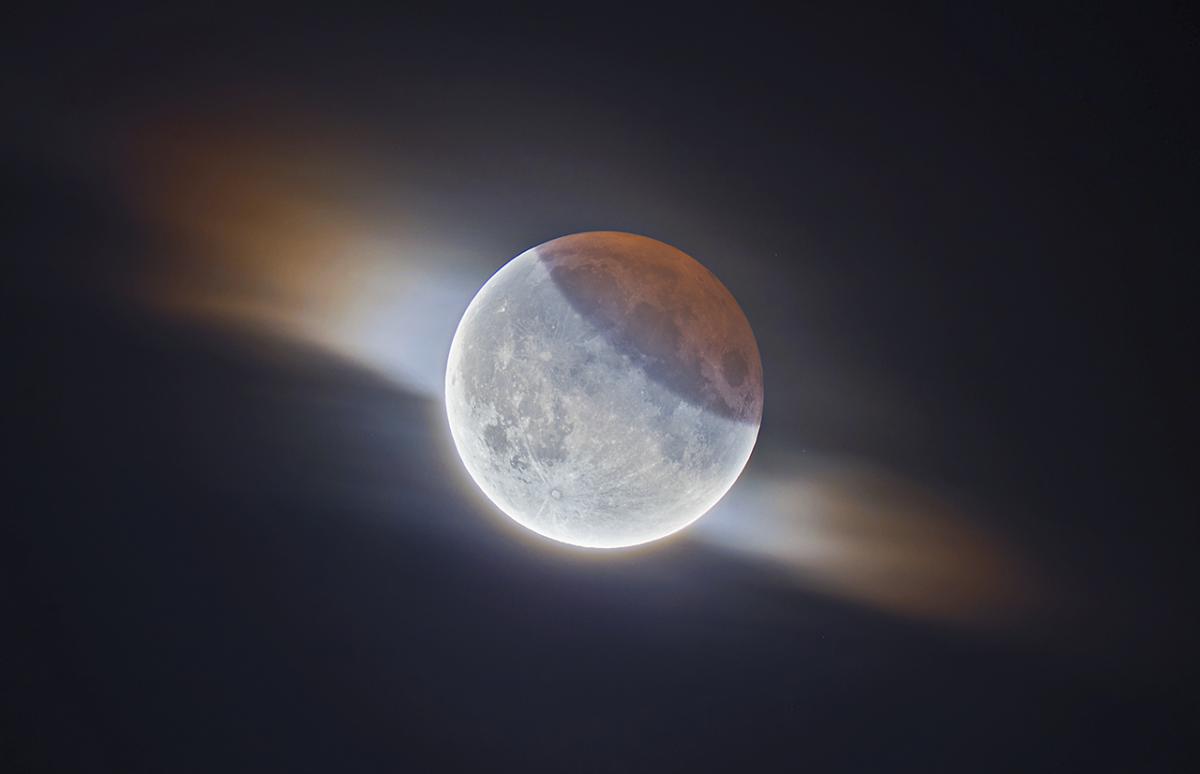
Penumbral lunar eclipse in China.
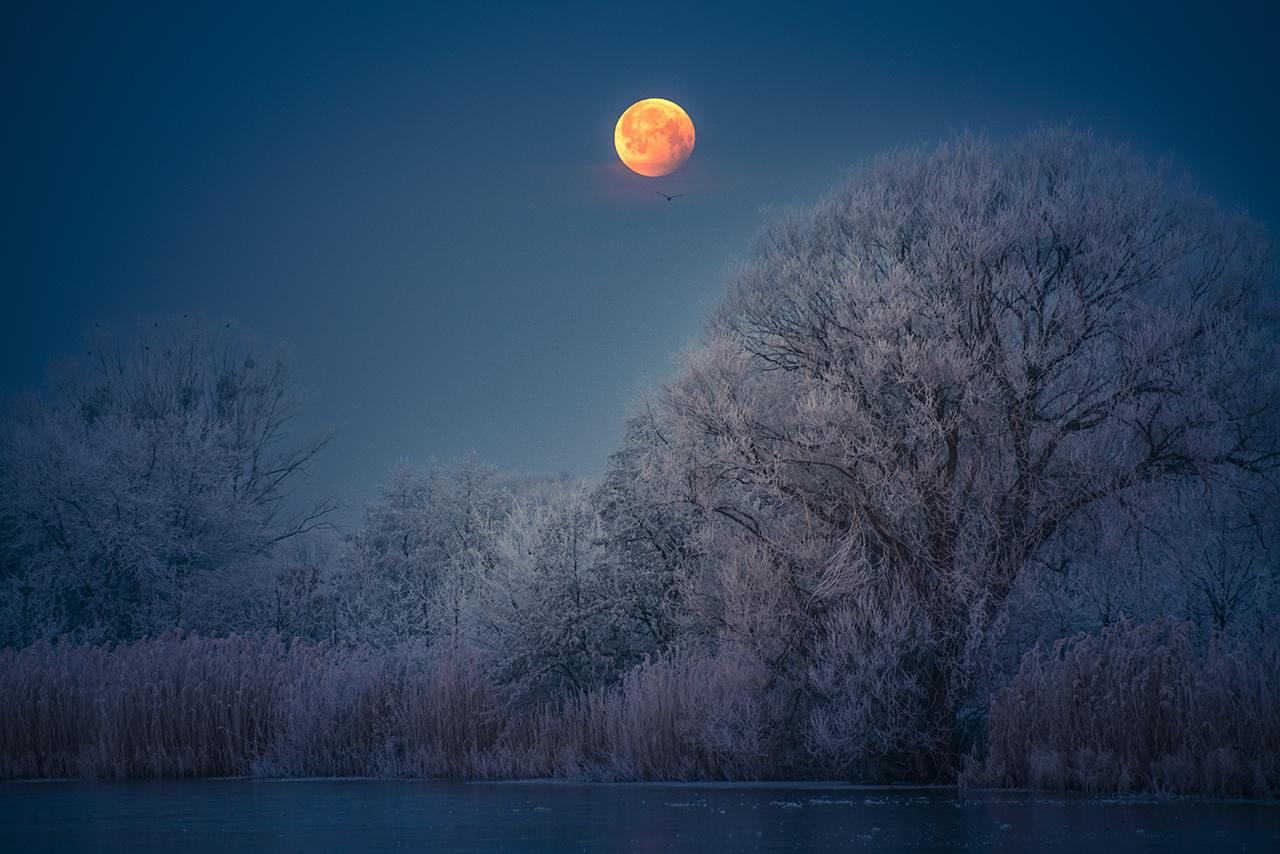
This collage showcases the rich colors of the 2019 total lunar eclipse. It features 35 images taken at three-minute intervals.
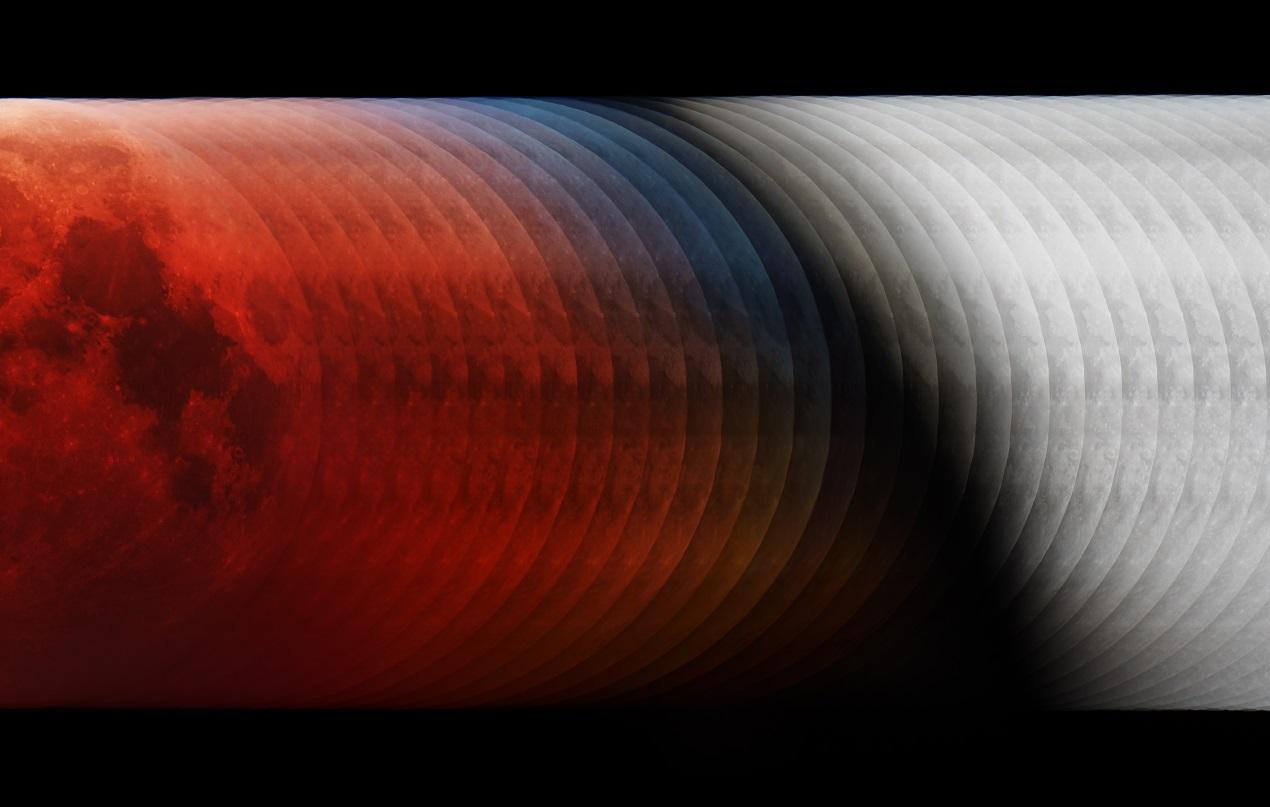
Lunar eclipses can be observed not only from Earth but also from space. This is how it appears from the ISS, which orbits 400 km above the planet. Astronaut Samantha Cristoforetti captured this photo in May 2022.
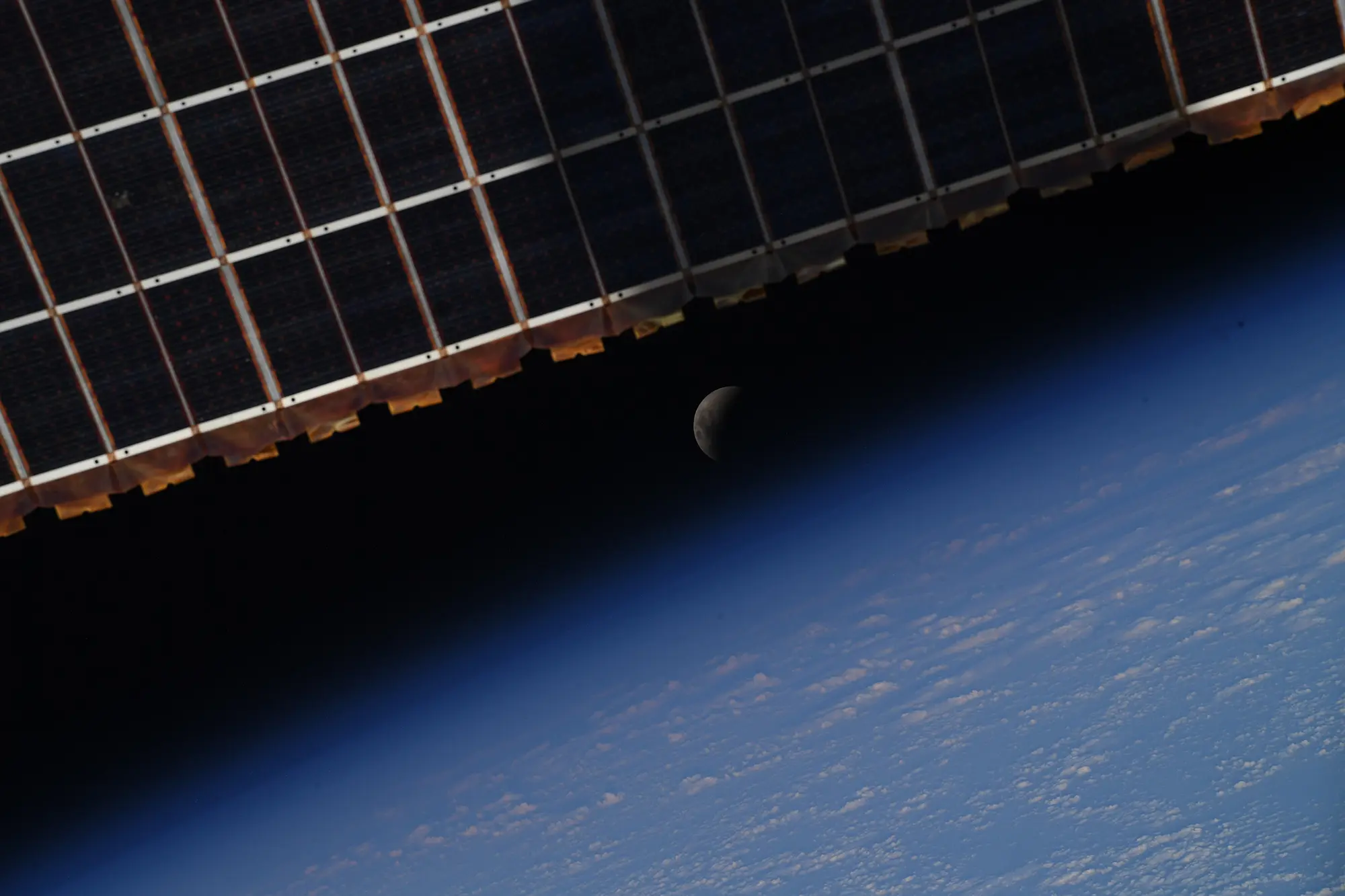
Previously, we also explored the winning images from the world’s most prestigious astrophotography competition, Astronomy Photographer of the Year.


